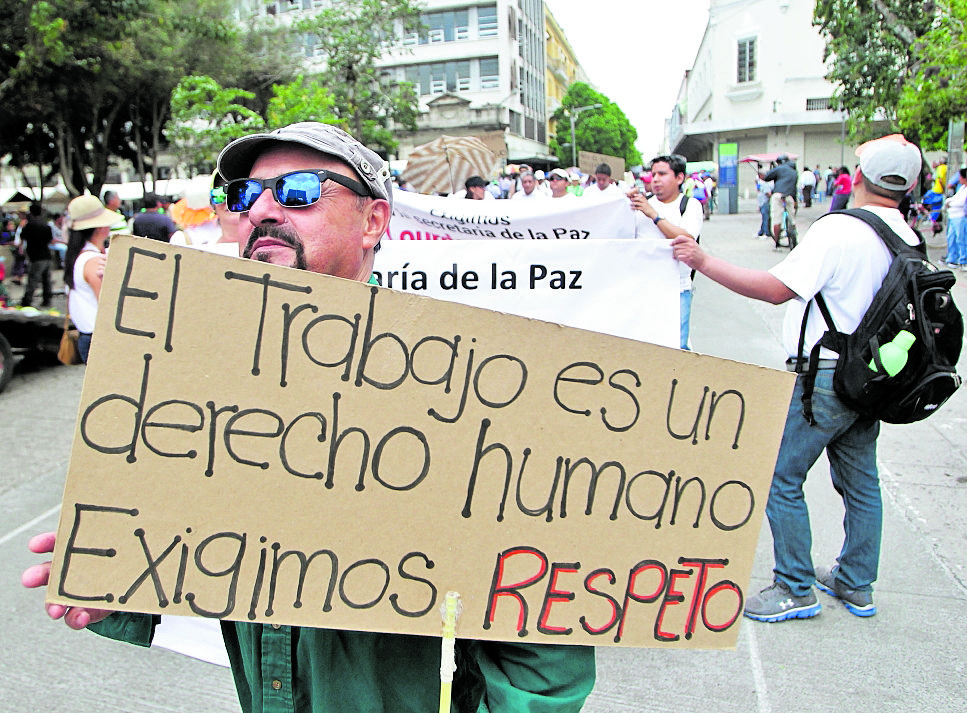Global Courant 2023-04-26 06:20:15
The first day of May is an emblematic date to claim a dignified life with social rights and commemorates the struggle of workers at the end of the 19th century to obtain a maximum workday of 8 hours and avoid wage discrimination. In Guatemala, the establishment of the Labor Code is also remembered.
International Workers’ Day, or Labor Day, has been celebrated on May 1 since 1889 and has its origins in the industrialized world. “It is due to a very long process in the relationship between business owners and workers. When the Industrial Revolution began, working conditions were negative because they were very hard and long days, up to 18 hours a day. There was also wage discrimination because women, children, and the elderly earned less money than men,” explains historian Walter Gutiérrez.
In 1868, US President Andrew Johnson approved the eight-hour day, which was not well accepted by business owners, so some established that working hours could be modified. This decision generated different demonstrations in the country.
Faced with inhumane working conditions, workers began organizing strikes to demand better treatment. This led to the Chicago workers’ strike on May 1, 1886, considered one of the most important movements in the United States, since thousands of workers suspended their work to request that the eight-hour workday be respected.
Also known as “the Haymarket Riot”, it ended with martyrs, as several protesters died after a riot that began when an explosive device was thrown towards police. “Several countries take the example of strikes and replicate them in their territories, even though they were in a very small industrialization phase, like Guatemala’s,” added Gutiérrez.
Three years later, the Socialist Labor Congress of the Second International held in Paris decided to decree the first day of May as a special date to commemorate the struggle of the Chicago workers. “The socialists used May 1 as a reminder that workers are human and of the relationship that the working class and businessmen have had throughout history, who at that time were the owners of the factories,” says the historian. Hannibal Chajon.
Labor Day in Guatemala
In Guatemala, the movement to fight for labor rights is not easily adopted, since there was not much experience of working class conditions, because the only factories that existed at that time were the ones that manufactured matches and weaving.
According to Chajón, the movement of workers worldwide occurred during the government of Manuel Estrada Cabrera. Faced with a dictatorial regime, the president was favoring an American businessman for which he “needed a positive image in the North American country. So he encouraged the creation of workers’ associations, like the Future of Workers, but not strikes. In this way, the image of him in the newspapers was that the workers supported him. Parades were held, not only for May 1, but at any time of the year in favor of Estrada Cabrera.”
During the government of Juan José Arévalo, an anti-United States movement was created, so on the first day of May they tried to promote a movement to express themselves against economic power. “The first of May is a symbol, but not only of communist ideas, but for all those who believe that workers deserve respect, dignity, recognition and because people will not replace human beings,” says Chajón.
Then, in 1947, Juan José Arévalo established the Labor Code in Guatemala under Decree 330 of the Congress of the Republic, where the rights and obligations of employers and workers are established. In addition, on that date the first day of May is established as a holiday.








